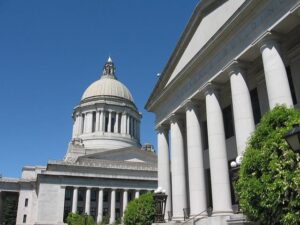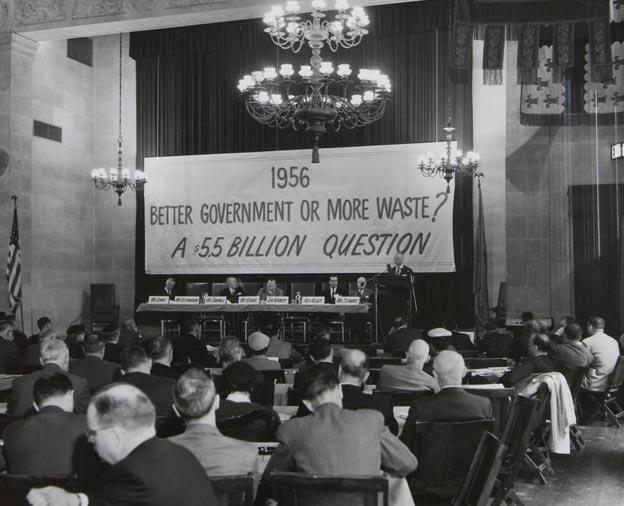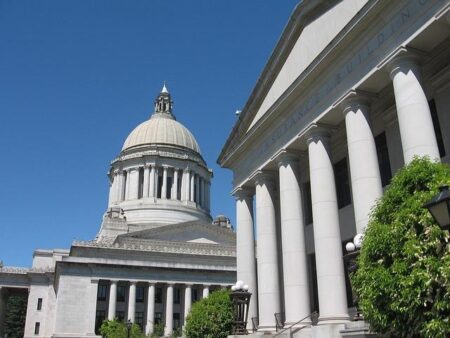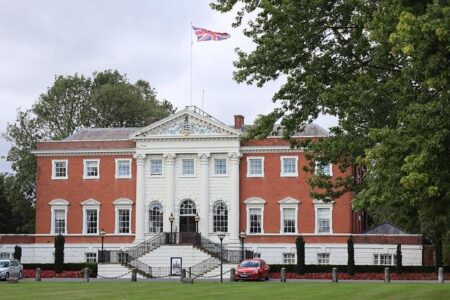The U.S. Chamber of Commerce: A Century of Driving American Business and Economic Policy
Founding Vision and Early Achievements: Establishing a Unified Business Voice
Since its inception in 1912, the U.S. Chamber of Commerce has emerged as a foundational institution advocating for the interests of American businesses. Created during a period of rapid industrial expansion, the Chamber sought to consolidate the diverse voices of local chambers into a cohesive national entity. Its early mission centered on promoting free enterprise principles and influencing legislation that balanced economic growth with public welfare.
Among its initial accomplishments were efforts to establish the Federal Trade Commission, which enhanced regulatory oversight to ensure fair competition. The Chamber also championed infrastructure projects that facilitated commerce and worked to harmonize business standards across state lines, fostering a more integrated national economy. Key early initiatives included:
- Supporting antitrust laws to maintain competitive markets.
- Advocating for tariff adjustments to nurture emerging domestic industries.
- Backing industrial mobilization during World War I to strengthen the economy and national defense.
| Year | Significant Event | Resulting Impact |
|---|---|---|
| 1914 | Creation of the Federal Trade Commission | Improved business regulation and competition fairness |
| 1917 | Support for World War I Production | Increased industrial output and national solidarity |
| 1920 | Business Standardization Efforts | Unified commercial practices across states |
Decades of Influence: Shaping U.S. Business Policy and Economic Growth
Throughout the 20th century and into the 21st, the U.S. Chamber of Commerce has played a critical role in molding policies that foster economic expansion and support free-market ideals. During the 1920s, the Chamber was instrumental in advocating for consistent trade regulations that streamlined interstate commerce. Post-World War II, it championed infrastructure development and innovation, contributing to the nation’s economic boom. In the 1980s, the Chamber actively participated in tax reform debates, pushing for simpler and fairer tax codes that benefited businesses of all sizes.
Some landmark policy engagements include:
- Opposition to the Smoot-Hawley Tariff (1930s): The Chamber resisted protectionist tariffs to preserve open global markets.
- Endorsement of the Small Business Act (1953): Promoted the growth and support of small enterprises nationwide.
- Advocacy during the Tax Reform Act (1986): Supported efforts to simplify tax legislation and enhance fairness.
| Era | Policy Emphasis | Impact |
|---|---|---|
| 1920s | Trade Regulation and Market Standardization | Established uniform commercial practices |
| 1950s-1960s | Infrastructure Expansion and Small Business Support | Broadened economic opportunities |
| 1980s | Tax Code Reform | Streamlined taxation for businesses |
Controversies and Public Challenges: Navigating Criticism and Perception
Despite its achievements, the U.S. Chamber of Commerce has frequently encountered criticism that has influenced its public reputation. Detractors argue that the Chamber often prioritizes corporate profits over environmental sustainability and labor rights, leading to friction with advocacy groups and the public. Its substantial lobbying expenditures and political donations have also raised concerns about disproportionate influence in policymaking, especially favoring large corporations.
Several contentious issues have spotlighted these tensions, including:
- Environmental Policies: Resistance to stringent climate change regulations.
- Healthcare Legislation: Opposition to the Affordable Care Act and related reforms.
- Labor Standards: Advocacy against increases in minimum wage laws.
- Political Financing: Record-breaking campaign contributions in key elections.
Forward-Thinking Strategies: Enhancing Advocacy and Economic Leadership
To sustain its influential position, the U.S. Chamber of Commerce must embrace forward-looking strategies that incorporate technological advancements and broaden stakeholder engagement. Leveraging AI and big data analytics can refine advocacy efforts, enabling more precise and impactful policy initiatives. Building stronger alliances with international partners will also amplify the Chamber’s voice in global trade discussions and economic forums.
Key strategic priorities include:
- Harnessing technology to enable dynamic, data-driven advocacy campaigns.
- Promoting sustainability by supporting green innovations and environmentally responsible business practices.
- Expanding inclusion by engaging youth and minority entrepreneurs to foster diverse economic growth.
- Strengthening collaborations between public and private sectors to advance infrastructure and workforce development.
Looking ahead, economic leadership will depend on proactive policies that align with global trends such as automation, supply chain diversification, and SME internationalization. Investing in workforce reskilling and encouraging bipartisan cooperation will be vital to maintaining the Chamber’s legacy as a champion of American commerce and innovation-driven growth.
| Focus Area | Recommended Action | Anticipated Benefit |
|---|---|---|
| Technology & Analytics | Implement AI-powered decision-making tools | More targeted and effective policy advocacy |
| Inclusive Engagement | Advance diversity and inclusion programs | Broader representation of business interests |
| Global Partnerships | Forge stronger international coalitions | Enhanced influence in global trade negotiations |
| Workforce Development | Invest in comprehensive reskilling initiatives | Improved labor market adaptability and readiness |
Final Thoughts: The U.S. Chamber’s Enduring Role in American Commerce
As the leading advocate for U.S. businesses, the Chamber of Commerce has profoundly influenced the nation’s economic policies for over 110 years. Its efforts—from infrastructure advocacy to legislative engagement—have left a lasting imprint on industries and communities nationwide. Understanding the Chamber’s evolution provides valuable context for the ongoing interplay between business interests and government policy. As economic conditions continue to shift, the Chamber remains a vital force in guiding American commerce through future challenges and opportunities.







